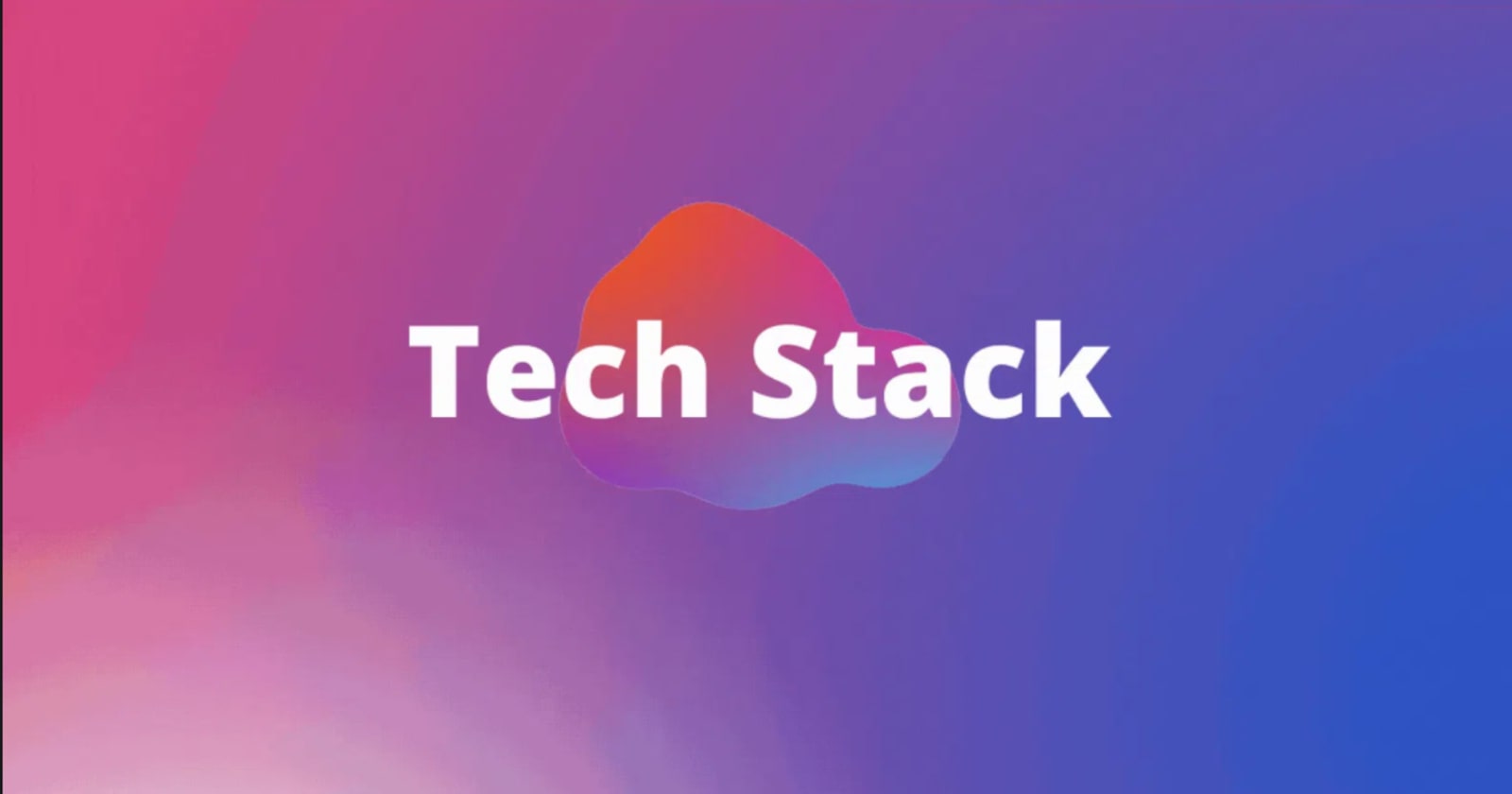
Let's explore different tech stacks in web development
After you enter into the software world, you often hear this thing called "Tech Stack" A tech stack is a combination of different technologies to build a complete software product. There are so many tech stacks you can choose from. But you need to know what all the different tech stacks are available and which one suits your needs. So, in this blog, I will introduce you to some tech stacks.
Let's get exploring

1. MERN

M - MongoDB E - Express R - React N - Node
React for the frontend; Express and Node for the backend; MongoDB for the database. MERN is a popular tech stack for building reactive web applications.
2. MEAN

M - MongoDB E - Express A - Angular N - Node
Angular for the frontend; Express and Node for the backend; MongoDB for the database. This tech stack can be used to build cloud-hosted, eCommerce, and other enterprise-level applications.
3. MEVN

M - MongoDB E - Express A - Vue N - Node
Vue for the frontend; Express and Node for backend; MongoDB for the database.
- All these three tech stacks are similar except for the frontend. And all these stacks are popular and widely used for faster development because we can use a single language(JavaScript) to make a full-stack application.
4. LAMP

L - Linux A - Apache M - MySQL P - PHP/Perl/Python
Linux for the operating system; Apache for the server; MySQL for the database; PHP to dynamically update the web page. This stack is popularly known as LAMP, but it can also be WAMP for Windows and MAMP for MacOS. LAMP is flexible, efficient, powerful, simple, and stable.
5. ASP.NET

Tech stack for building applications with ASP.NET
- ASP.NET MVC
- ISS Web Server
- Angular for frontend
- SQL Server
6. RoR

RoR - Ruby on Rails
HTML, CSS, and JS can be used to build the frontend and RoR for the backend.
7. Java
Tech stack for building applications with Java-
- Java(Spring boot and Hibernate) for backend
- React or Angular or Vue for frontend
- JavaFX for desktop applications frontend
- Java DB for database
8. Python
Django and Flask are two great frameworks to build web applications with python as the backend and HTML, CSS, and JS for frontend and SQL databases.
So these are some popular techs for building web applications. Apart from the frontend, backend, and database there are other techs are included in these stacks like version control tools, DevOps, hosting, testing, etc...
Here's an amazing website called StackShare to know which companies use which tech stack.
What tech stack you are using for what purpose? Comment below 👇
⚒️Tool of the week⚒️
Devicon
Devicon has lots of icons that can use in your projects for free. It has different options like adding an img tag or SVG or downloading the library.
You can connect with me on Twitter
LEAVE A COMMENT OR START A DISCUSSION
MORE ARTICLES

7 min read
Setting Up Drizzle & Postgres with tRPC and Next.js App
In this tutorial, let's learn how to connect a Postgres database to a tRPC express backend using Drizzle ORM. I have also created a simple frontend for our finance tracker application.

5 min read
My 2025 Tech Stack: Tools & Tech I'm Using This Year
Happy New Year! In this article, I shared all the tech I used and going to use this year to build awesome products.